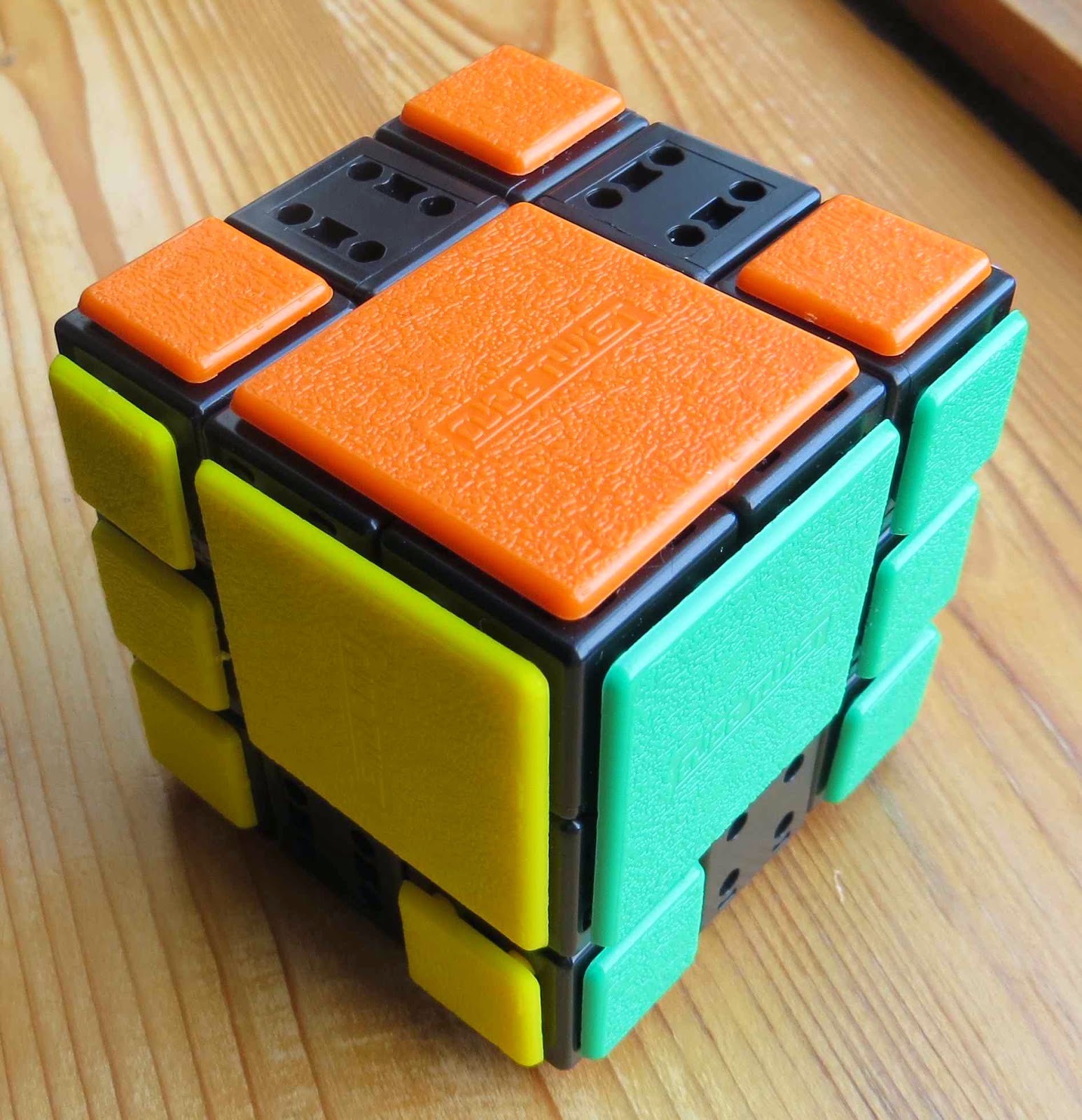The Detiled Corners Only Fuse-3 was a challenge at first, but then became relatively simple compared to the monster I created by adding a couple edges to it. Here is what the Detiled Corners Only Fuse-3 looks like with centers and complete corners.

Below you can see it with one edge added. In this case the green-white edge. I solved this one at least once. Hiding the edge using the 4-cycle of corners, then putting it back after doing whatever needs to be done with the corners seems to be the ticket.

Next I tried the one below and could not do it.

The one below, which I thought would be simpler, proved to be challenging as well. It wasn't until I posted these pictures and noticed the 2x2x3 block, that I thought the Petrus technique of building the 2x2x3 block then orienting edges might work. My first attempt worked, but I've been puzzling enough to know that might not mean it will always be so easy. Second attempt did not work out so well. So much for the Petrus method. I guess I got lucky the first time.
Another approach. Before solving the two edges make sure the corners are in a double swap situation. Solve the two edges; keep checking the corners. When moving and twisting corners move the edge in danger to a safe spot before the move or twist. Sometimes it is a bit complicated, but it worked, and I got solve #2. Repeatable? Rememberable? We'll see.
First of all, if there are no added edges to worry about, the algorithm for swapping URF and DLF (2 and 4), and ULB and DRB (6 and 8), is quite simple: ( R' F' ) ( R U R' U' ) ( F R ). When you want to manipulate corners without disturbing the 2 placed edges, it gets more complicated, as the edges need to be moved out of the path of the corner swaps.
With red on the right and white on the front, ( R' F2 U F U ) ( R' F R F' ) ( U' F' U' F2 R ) does a double swap of corners. URF and DLF (2 and 4), and ULB and DRB (6 and 8). Same thing can be used with ( R' F R F' ) x 2 to twist 2 and 4 clockwise and 6 and 8 anti clockwise. Likewise x 4 twists 2 and 4 anti clockwise and 6 and 8 clockwise.
But what if red is on the front and white is on top and I want to swap 2 and 4? I could just use ( R' F' ) ( R U R' U' ) x 3 ( F R ). But that will not work for the twists that may be needed later.
3-cycle corners 3>4>2 then 3>6>2; then do ( R F' U2 F ) ( R U R' U' ) x 2 ( F' U2 F R' ); then cycle the corners back. It twists 2 and 4 anti, and 6 and 8 clock. There must be an easier way to protect those two edges! It isn't really difficult, but it is 48 twists.
Lastly, what if red is up and white on the right? ( R' F2 U2 F ) ( R U R' U' ) ( F' U2 F2 R )

The more edges that are added the more difficult it will be to use this method, as it relies on having 3 detiled edges that won't be affected by the EPS. I can't imagine how the fully tiled Fuse-3 can be solved. But for now let's get down what we have so far.
After solving the 3 2x1x1 pieces check to see if the corners are in a double swap OR fully permuted situation. It is important they get in one of these positions and remain so for the rest of the solve. The reason for this is that the 3-cycle of corners also moves edges. Perhaps it would be easy to find ways to hide the edges before the 3-cycle. Something else to think about.
Solving the 2x1x1 Pieces
Something that can help in some situations to get the 3 2x1x1 pieces is R ( U R U' R' ) or ( R U R' U' ) R'.
3-cycle of Corners
3>4>2 followed by 3>6>2 followed by 4>3>2 cycles 2>6>4 and returns the 3 2x1x1 pieces to their solved state.
Corner Swappers and Twisters
R' F' ( R U R' U' ) F R swaps 2 and 4, and 6 and 8.
R' F' ( R U R' U' ) x 2 F R twists 2 and 4 clock, and 6 and 8 anti.
R' F' ( R U R' U' ) x 4 F R twists 2 and 4 anti, and 6 and 8 clock.
F R ( F' U' F U ) R U R2 F' swaps only 2 and 4.



